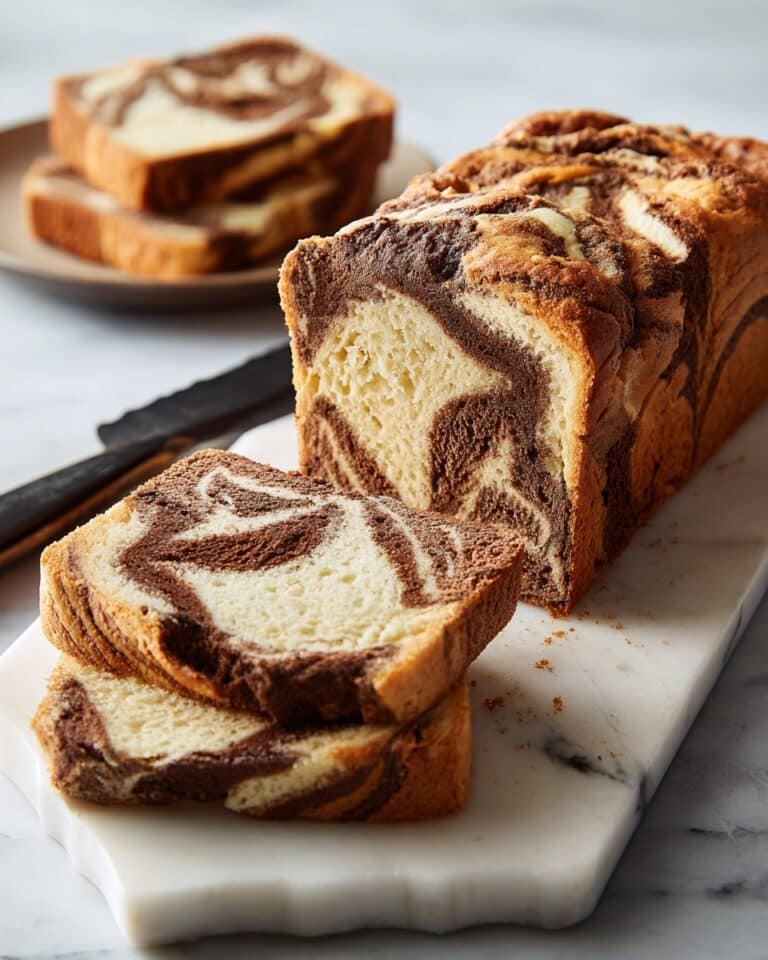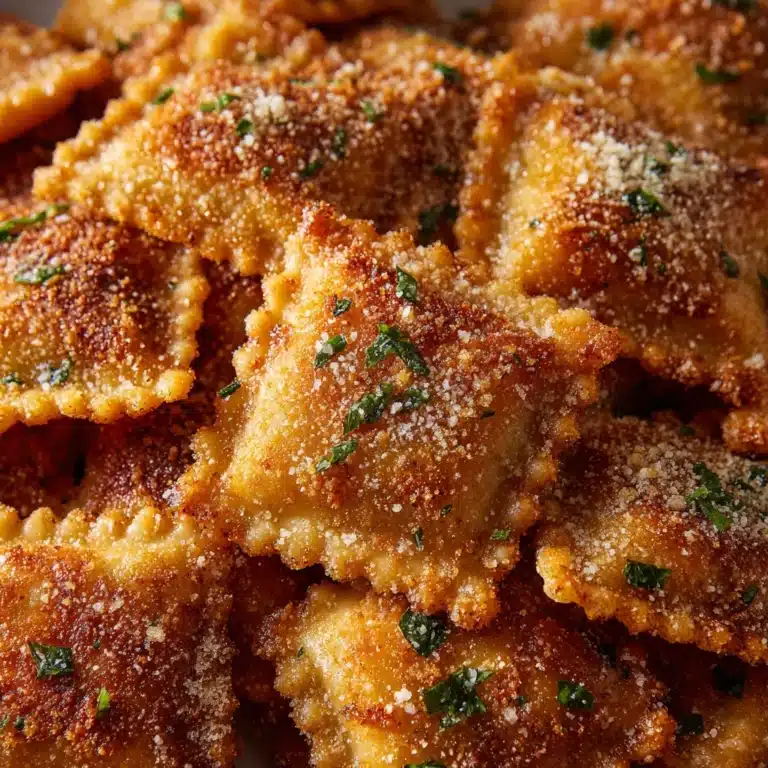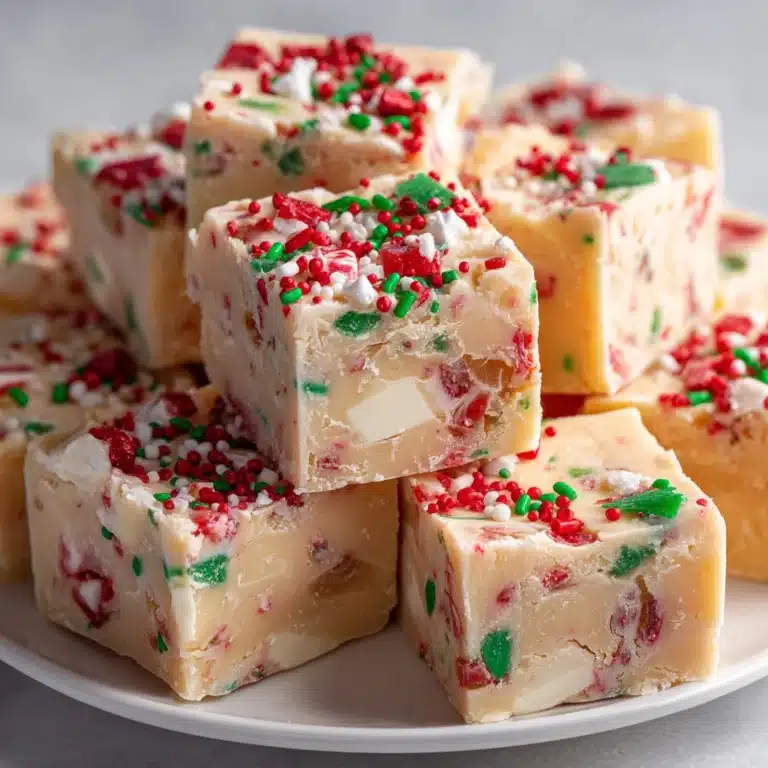Ciabatta Recipe
If you’ve ever found yourself marveling at the gorgeous, rustic loaves behind a bakery counter, you’ll absolutely love making Ciabatta at home. This classic Italian bread is famous for its crisp, golden crust and those signature airy holes inside, all thanks to a delightfully wet dough and a slow, overnight rise. With just a handful of pantry ingredients and a little patience, you can bring the magic of freshly baked Ciabatta right into your kitchen—no fancy equipment or advanced skills required!
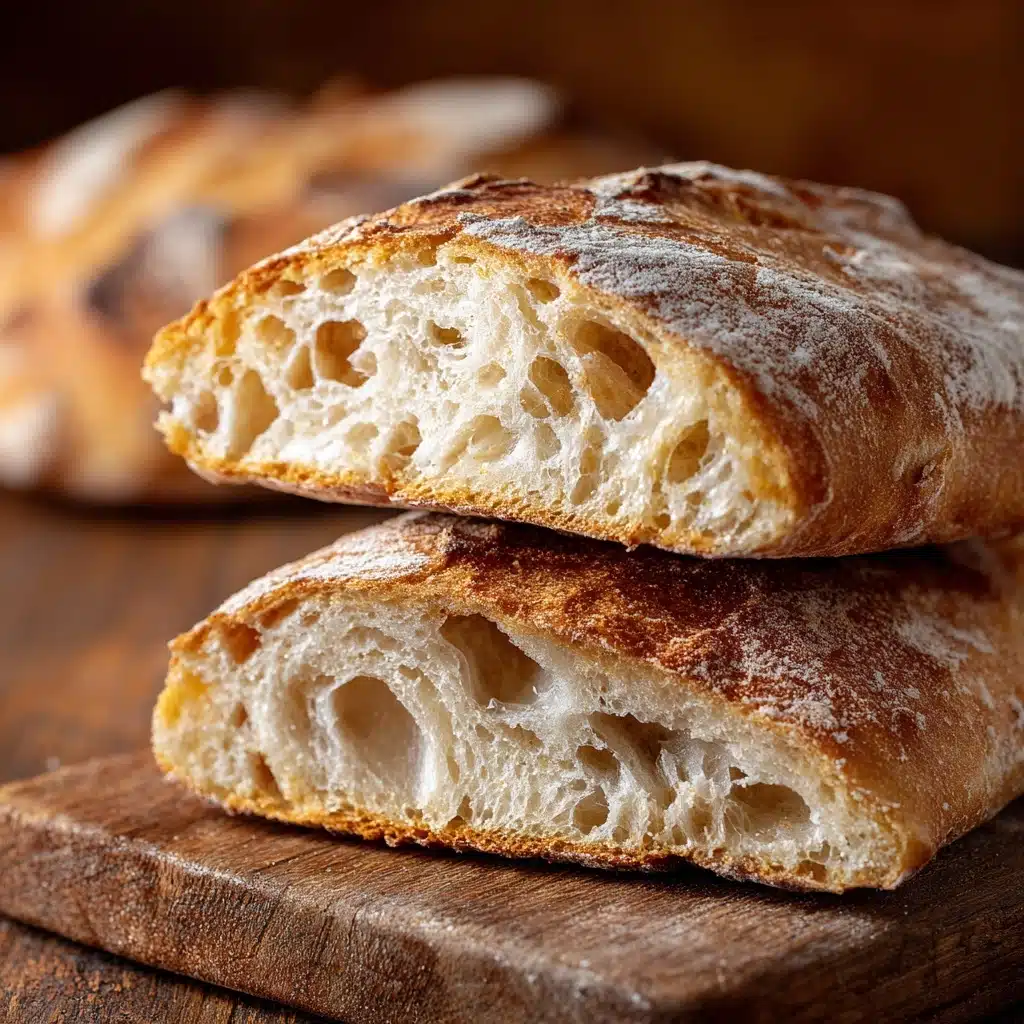
Ingredients You’ll Need
The beauty of Ciabatta starts with a short and simple ingredient list. Each component plays a key role—think of the flour as your canvas, yeast as the spark, and olive oil for that final whisper of flavor. Let’s break down what you’ll need and why:
- All-purpose flour: This gives your Ciabatta its structure and classic chew, but bread flour can boost the airy texture even more if you have it.
- Warm water (about 110°F): The right temperature wakes up your yeast and brings everything together into a sticky, lively dough.
- Salt: Don’t skip it—salt balances the flavors and helps strengthen the gluten for a better crumb.
- Instant yeast: Just a touch is needed for that slow, dreamy rise that creates Ciabatta’s signature holes.
- Olive oil (for greasing): A little olive oil keeps the dough from sticking and adds a subtle Italian aroma to your finished bread.
How to Make Ciabatta
Step 1: Mix the Dough
Start by combining your flour, salt, and instant yeast in a large mixing bowl. Pour the warm water in slowly, stirring with a wooden spoon or spatula until you end up with a shaggy, sticky dough. Don’t worry if it looks messy—this is exactly what you’re after!
Step 2: Let It Rise Overnight
Cover the bowl with plastic wrap or a damp towel and let your dough rise at room temperature for 12 to 18 hours. This long, slow fermentation is what gives Ciabatta its incredible flavor and those gorgeous, open holes inside. When it’s ready, the dough should be bubbly and doubled in size.
Step 3: Shape the Dough
Generously flour your work surface and gently turn out the dough. With floured hands, shape it into a rough rectangle, being careful not to press out all those precious bubbles. Fold it in thirds, like a letter, and let it rest for 20 minutes—this helps set the structure before its final rise.
Step 4: Final Shaping and Second Rise
After the dough’s short rest, carefully stretch it back out into a rectangle and divide it in half to form two loaves. Move each loaf to a parchment-lined baking sheet. Let them rise uncovered for about 45 minutes. This second rise ensures your Ciabatta will be light, airy, and beautifully rustic.
Step 5: Bake to Golden Perfection
While your loaves are having their final proof, preheat the oven to 450°F with a baking stone or an inverted baking sheet inside. Once the loaves are ready, slide them (still on the parchment) onto the hot surface and bake for 20 to 25 minutes. The crust should be golden brown, and the loaves will sound hollow when tapped. Cool completely before slicing to let the crumb set—resist the urge to dig in too soon!
How to Serve Ciabatta
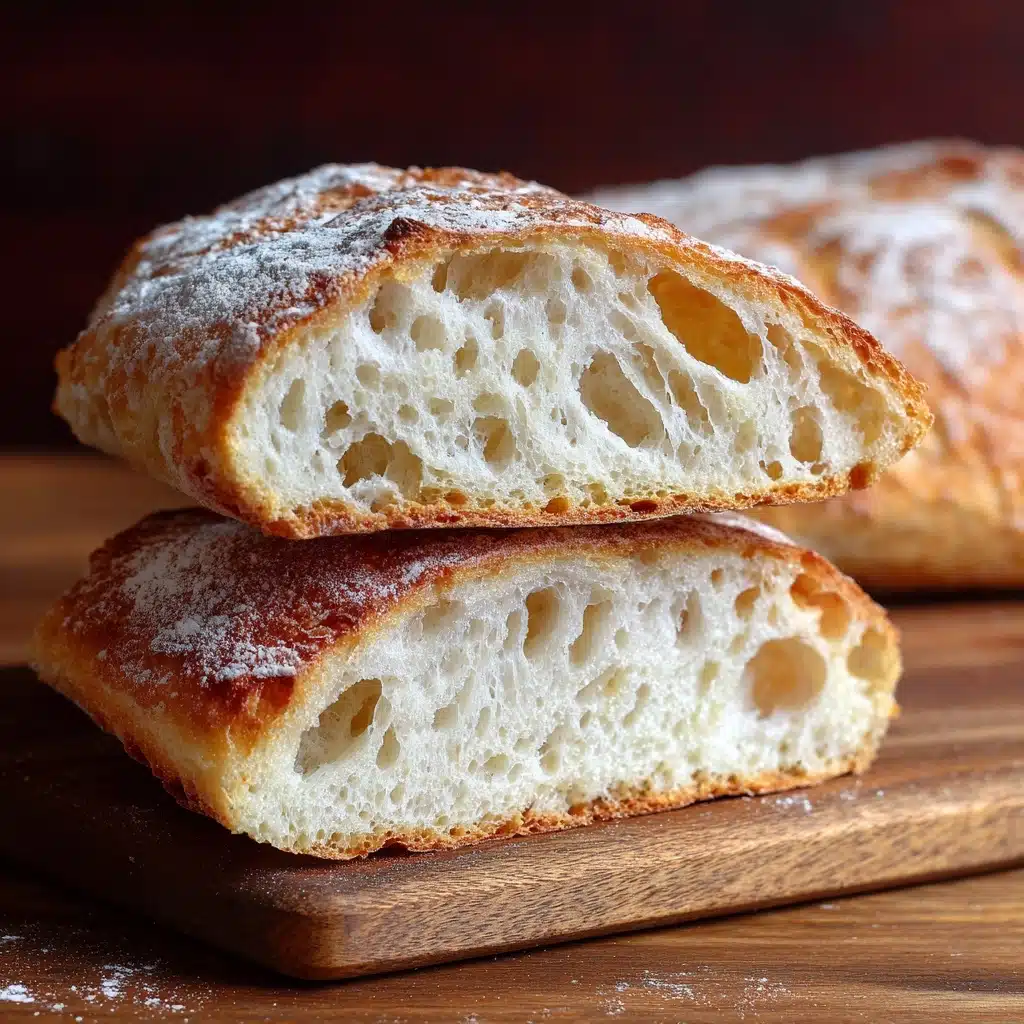
Garnishes
There’s something magical about a warm slice of Ciabatta simply brushed with good olive oil and a sprinkle of flaky sea salt. For a pop of color and flavor, try adding fresh herbs like rosemary or basil just before serving. A light dusting of grated Parmesan or cracked black pepper can also take your bread to the next level.
Side Dishes
Ciabatta is wonderfully versatile and pairs beautifully with just about anything. Serve it alongside a classic caprese salad, a bowl of hearty minestrone, or a platter of marinated olives and roasted vegetables. It’s also perfect for soaking up rich pasta sauces or as the base for open-faced sandwiches.
Creative Ways to Present
Transform your Ciabatta into elegant crostini by slicing and toasting, then topping with whipped ricotta and honey, or a vibrant tomato bruschetta. For breakfast, try it toasted with smashed avocado and chili flakes. You can even use leftover slices for savory bread pudding or homemade croutons!
Make Ahead and Storage
Storing Leftovers
Keep your leftover Ciabatta fresh by wrapping it in a clean kitchen towel or storing it in a paper bag at room temperature. Avoid plastic bags, which can make the crust soft. It’s best enjoyed within two days, but if it starts to go stale, don’t worry—you have delicious options!
Freezing
Ciabatta freezes beautifully. Slice the bread first, then wrap pieces tightly in foil or plastic wrap and store them in a freezer bag. They’ll keep for up to three months; just pull out what you need and thaw at room temperature or toast straight from the freezer.
Reheating
To refresh your Ciabatta, sprinkle the crust lightly with water and warm it in a 350°F oven for about 10 minutes. This brings back that irresistible crispiness and revives the crumb, making your bread taste like it just came out of the oven.
FAQs
Why is my Ciabatta dough so sticky?
That’s totally normal! Ciabatta dough is meant to be very wet and sticky—this is what creates the signature airy holes and chewy texture. Use plenty of flour on your hands and work surface to help with shaping.
Can I use bread flour instead of all-purpose flour?
Absolutely! Bread flour has a higher protein content, which can give your Ciabatta an even lighter, airier crumb and a slightly chewier bite. Both flours work well, so use what you have.
How do I know when my Ciabatta is done baking?
The loaves should be deeply golden and sound hollow when tapped on the bottom. If you have a kitchen thermometer, the internal temperature should be around 200°F when fully baked.
Can I add flavors to my Ciabatta?
Definitely! Try folding in chopped olives, sun-dried tomatoes, fresh herbs, or roasted garlic during the shaping step for delicious variations. Just be gentle so you don’t deflate the dough.
What’s the best way to slice Ciabatta?
Let your Ciabatta cool completely before slicing to avoid squishing the delicate crumb. Use a sharp, serrated bread knife and gentle sawing motions for neat, even slices.
Final Thoughts
Once you bake your first loaf, you’ll see why Ciabatta is such a beloved staple—crisp on the outside, airy and tender inside, and versatile enough for any meal. Grab some flour and give it a try; your kitchen (and your taste buds) will thank you!
Print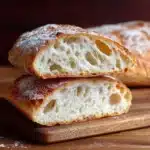
Ciabatta Recipe
- Total Time: 13–19 hours
- Yield: 2 loaves 1x
- Diet: Vegan
Description
This classic Italian ciabatta bread recipe produces a rustic, airy loaf with a crisp crust and soft, chewy interior. Perfect for sandwiches or as a side, it requires an overnight rise to develop its signature texture and flavor.
Ingredients
Dough
- 4 cups all-purpose flour
- 1 1/2 cups warm water (about 110°F)
- 1 1/2 tsp salt
- 1/2 tsp instant yeast
For Greasing
- 1 tbsp olive oil
Instructions
- Mix Ingredients: In a large mixing bowl, combine the flour, salt, and instant yeast. Gradually pour in the warm water while mixing with a wooden spoon or spatula until a sticky, shaggy dough forms.
- First Rise: Cover the bowl with plastic wrap or a damp towel and let it rise at room temperature for 12 to 18 hours, or until the dough is bubbly and has doubled in size.
- Shape Dough: Generously flour a work surface and gently turn the dough out onto it. With floured hands, shape the dough into a rough rectangle, being careful not to deflate it. Fold it in thirds like a letter, then let it rest for 20 minutes.
- Divide and Rest: After resting, gently stretch it back into a rectangle and divide it in half to make two loaves. Transfer each loaf to a parchment-lined baking sheet and let them rise for 45 minutes, uncovered.
- Preheat Oven: Meanwhile, preheat the oven to 450°F and place a baking stone or inverted baking sheet inside to heat.
- Bake: When ready to bake, slide the loaves (with the parchment) onto the hot baking surface and bake for 20–25 minutes, or until golden brown and the loaves sound hollow when tapped.
- Cool: Let the loaves cool completely on a wire rack before slicing to allow the crumb to set.
Notes
- Ciabatta dough is very wet and sticky—this is normal and gives the bread its airy texture. Use plenty of flour on your hands and surface when shaping.
- For even better flavor and structure, use bread flour instead of all-purpose flour.
- Adding a pinch of sugar can aid fermentation but is optional.
- Use a baking stone or inverted baking sheet to mimic a bread oven for a better crust.
- Let the bread cool completely before slicing to prevent gummy texture.
- Prep Time: 15 minutes (plus 12–18 hours rise)
- Cook Time: 25 minutes
- Category: Bread
- Method: Baking
- Cuisine: Italian
Nutrition
- Serving Size: 1 slice
- Calories: 120
- Sugar: 0 g
- Sodium: 210 mg
- Fat: 0.5 g
- Saturated Fat: 0 g
- Unsaturated Fat: 0.5 g
- Trans Fat: 0 g
- Carbohydrates: 25 g
- Fiber: 1 g
- Protein: 3 g
- Cholesterol: 0 mg


